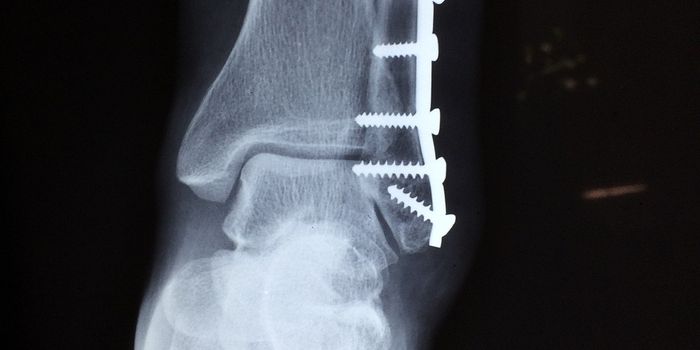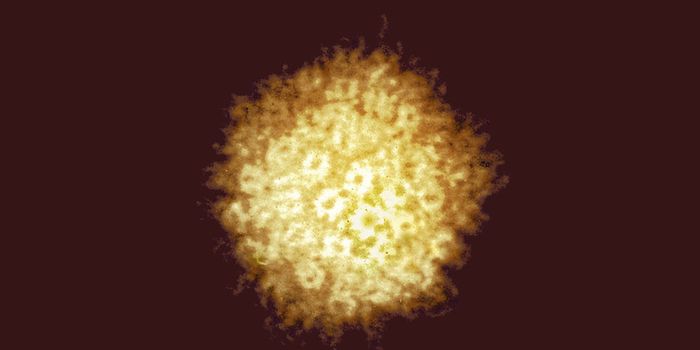MicroRNAs May be Treatment Targets for Traumatic Brain Injury
Traumatic brain injury, which can happen after a blow to the head, has been called a silent epidemic and is the number one contributor to death from trauma. It's thought that every year around the world, about sixty-nine million people suffer a traumatic brain injury, many of which are due to traffic collisions. There are some treatment options for severe TBIs that may involve surgery or medication to relieve the symptoms of the problem, like anticonvulsants to prevent seizures or diuretics to reduce fluid buildup, but researchers are still looking for better options.
Researchers have now found that biomarkers that are related to Alzheimer's disease (AD) may also be involved in brain damage that's caused by TBI. These biomarkers are microRNA (miRNA) molecules, short strands of non-coding nucleotide sequences that can play a role in the regulation of gene activity.
TBI can lead to chronic health problems, and people that suffer TBIs are at greater risk for developing brain diseases like dementia. Scientists are still trying to learn about the mechanisms that lead to that increased risk. Dysregulation in miRNA has been associated with neurodegenerative disorders and the cell death that can follow TBI.
In this study, which was reported in Frontiers in Neuroscience, the researchers assessed over 800 miRNAs that have been identified in models of TBI. They found that TBI leads to dysregulation in miRNAs. There was a subsequent increase in the level of an enzyme called BACE1, which cleaves beta-sites, and a reduction in amyloid precursor protein (APP), which is cleaved by BACE1. When BACE1 cleaves APP, it generates the hallmark feature of neurodegenerative diseases like Alzheimer's, amyloid-beta peptides. Amyloid plaques are a treatment target for Alzheimer's disease.
The study authors suggested that together, BACE1, APP, and associated miRNAs could serve as biomarkers that indicate the level of TBI harm, and the potential risk of neurodegenerative disease development.
"MiRNAs are increasingly recognized as mediators of injury. It is quite remarkable that BACE1 and APP are hubs for the miRNA affected by TBI. This work infers that there may be underlying common features of TBI and AD that have not been seen before without a genetic variant, which is more frequently studied, for models that explore the connections between TBI and neurodegenerative disease," remarked Dr. Angela M Boutte, section chief of molecular biology and proteomics within the Brain Trauma Neuroprotection Branch at WRAIR's Center for Military Psychiatry and Neuroscience.
Sources: AAAS/Eurekalert! via Walter Reed Army Institute of Research (WRAIR), Frontiers in Neuroscience









